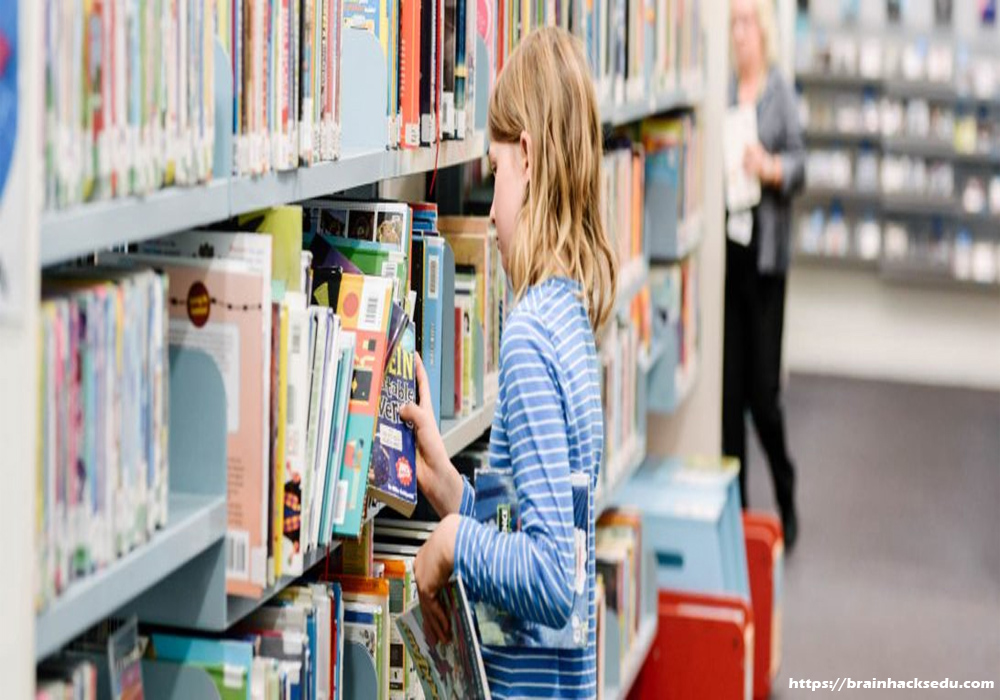
One hundred and fifty years ago the world changed. At that time people left their farms and started working in factories. When children of that erran in tatters on the streets, our cultural ancestors asked:
How do we prepare our children for this new world, the world they will inherit?
This translates to, “How do we prepare them to work in factories?” And in response, “modern” school was born. In this school children sit in rows, act correctly, respond to bells and raise their hands to ask to be allowed to change assignments. This school building has become ubiquitous and since then until now people have been educated in this way.
In the 21st century the world has changed again, and as before children ran on the streets. These are still early days, but not enough people ask:
How do we prepare our children for the world they will inherit?
As the ostrich saying goes, many people put their heads on the sand and say, “What’s wrong with these kids?” “Where have our youth’s moral values gone?” “We need to be tighter!” Because it is hard working at the factory age, just as creativity is what will succeed in the world our children will inherit today.
This article is intended to do more than just ask the question, “How do we prepare our children for the world they will inherit?” It is also intended to direct the discussion in several clearer directions.
First, there will not be one, “The Future of Education” and we should stop using that phrase because it limits us. Instead, we will see many Future developing. It is clear that every system as complex as education needs to grow and change across various networks of possibilities, with each subgroup, community or nation creating its own type of response to the needs of their young people, but related to the larger network. the possibility of education to utilize innovation as they develop. Specific things will change with the local context but all will definitely be asked to share ideas and technologies that are most suitable for them. This happened. Consider:
In Scotland, the local government calls older students to be involved in planning the next school they will build. Students design drop-in centers rather than those close to traditional schools.
In New Zealand standards require that local creativity be included in the way students are assessed at the level of their academic achievement.
In the United States, educators who face as much as 50% change in their school population each year due to the mobility of their students due to poverty find that key factor for improving their schools is through providing creative access to educational services, culture of welcoming, and flexible teaching strategies.
No ONE future will cover this and millions of other stories that exist throughout the world.
Just as climate change affects the oceans, and hence fishing in all parts of the world, so also changes in communication patterns have affected daily life everywhere. With changes in communication there has been change in the way we receive, create, and publish knowledge. All done at much faster pace, and children today more than previous generations need to take their place in the global economy.
Ideas that take years to get the attention of the public and now people who are accustomed to social mediaround the world will know the developments in less than 24 hours. Likewise, only few are special enough to do creative tasks during the time needed to create something new, let alone have it widely accepted. Now team of people working on international networks are using open source ideas to build completely new technologies together in their free time.
How do we prepare our children for the world they will inherit?
Our ancestors can only imagine the world that their children will inherit as local, maybe national (for some) and only special people will move to international settings. Children everywhere tend to travel internationally and many will live far from where they were born. They will return their original social norms from other places, such as radio, television, and the internet to bring ideas. The world that our children will inherit will expand everyone’s ability to preserve what is valuable in local culture while embracing what is valuable in international ideas. Our children will need knowledge skills, and social abilities to move between families, communities and cultures and international contexts easily.
How do we prepare our children for the world they will inherit?
These words are meant to be call to action. small network began to apply participatory research to questions related to the Future of Education. Blog, write, talk and consult with others about this topic. As educators around the world wrestle with the difficulties that occur when the old system is broken, some unite to discuss, “What’s next?”
This article was written in the hope that it will encourage local action and connections to international networks.
If you are interested, then you are expected to take copy of this article and share it with others or share link to this article with others.
If you are in tertiary education then please discuss this with your students and friends and encourage everyone who has the time to devote this ideto join the network mentioned above.
If you already work in this field then connect with the Future of Educational Projects so we can all share academic resources and ideas.
What else will happen when this network grows? Small teams of people in various countries around the world began to design pilot projects. These teams will use this model and will take turns learning, acting, measuring, and reflecting the changes that develop as they learn what might be the best future for education in their area.
As Ron Heifetz of Harvard points out, we can create change if we have holding environment that makes us move and feel safe throughout the difficulties we face. PAR is detention environment – an environment that will be used by Future Education projects to connect internationally and report when we grow the international network that surrounds us.











